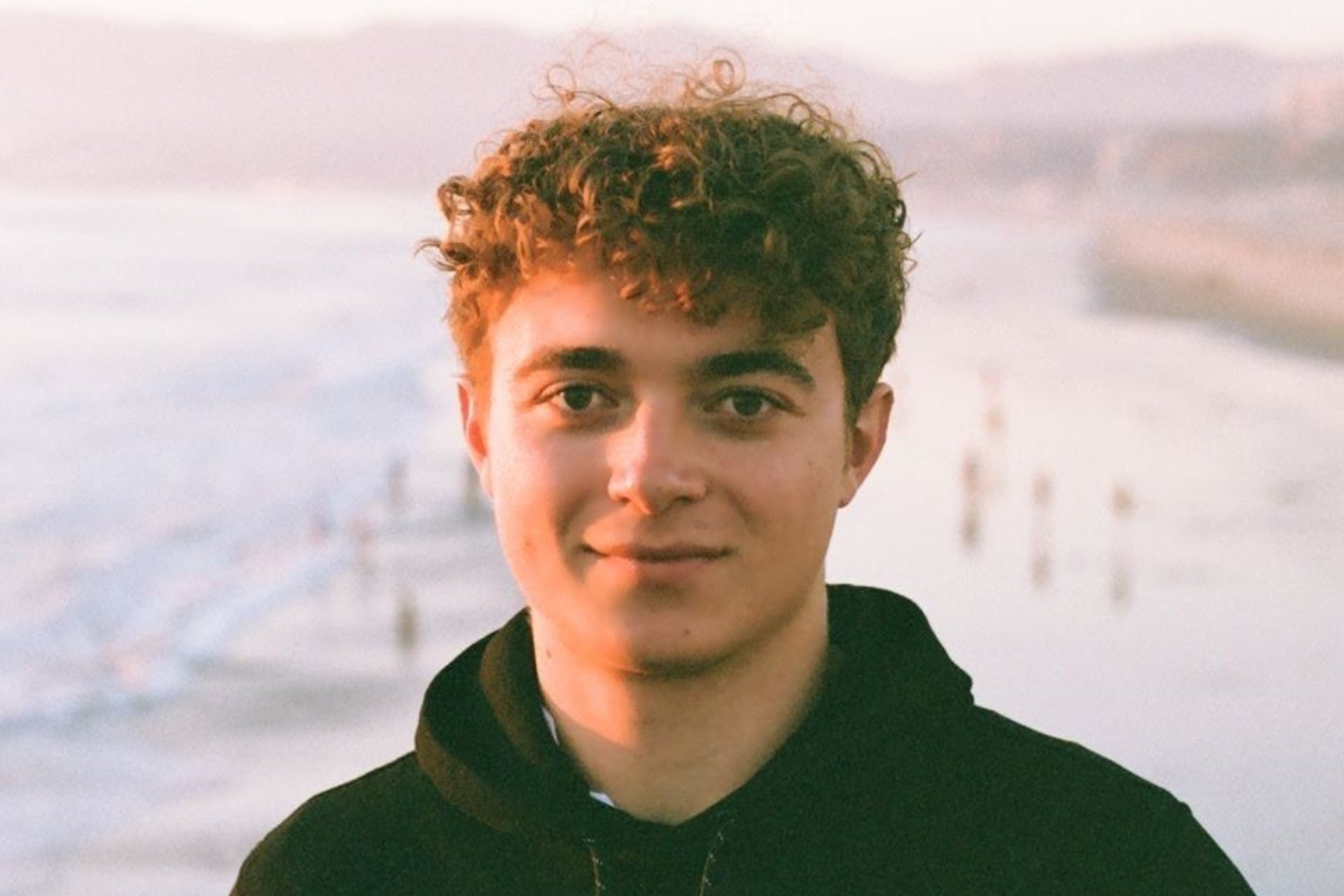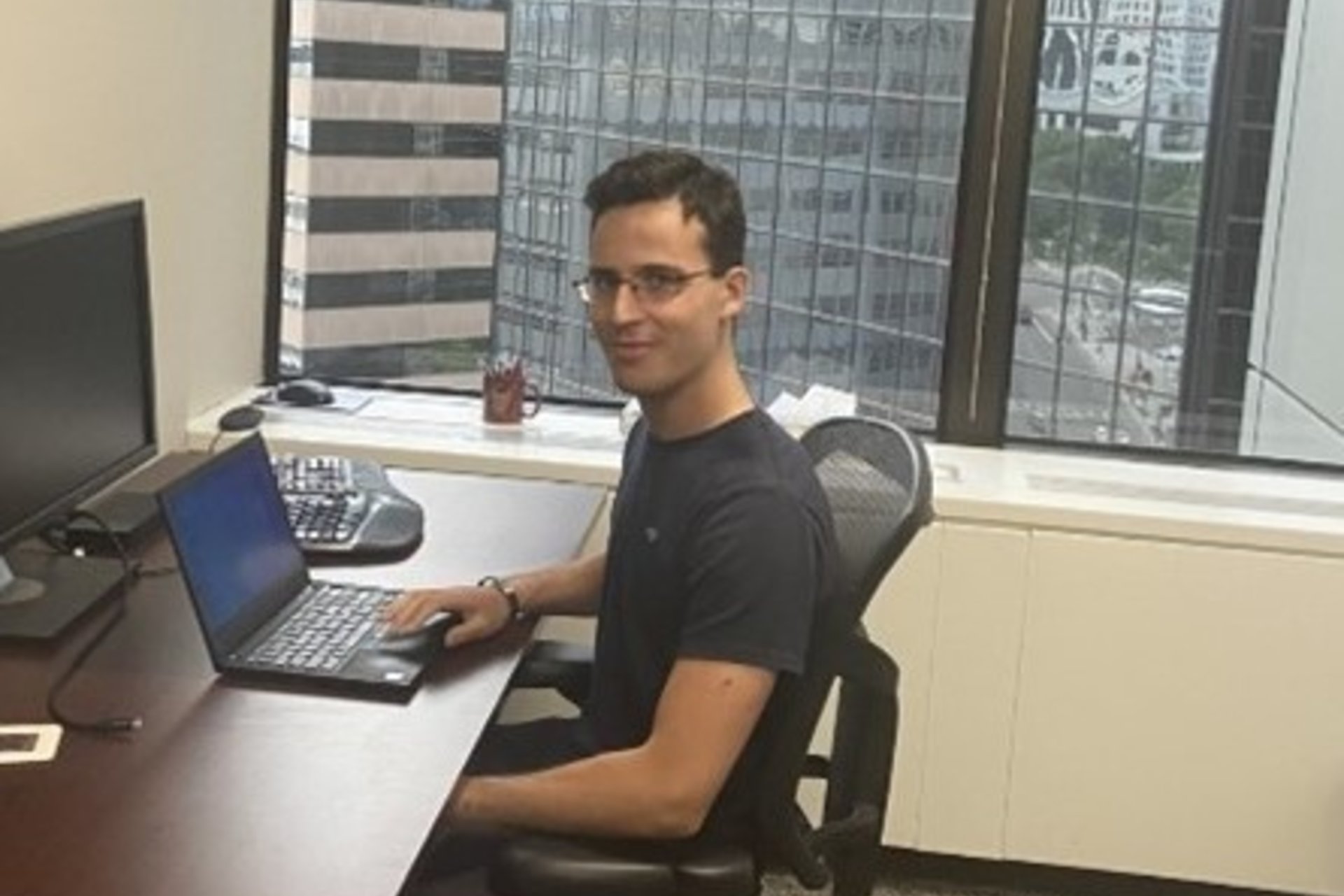Alyssa Krull, Class of 2024, Energy Resources Engineering

This summer I joined Professor Mark Z. Jacobson’s research group, The Stanford Solutions Project, to focus on outreach related to clean and renewable energy. Professor Jacobson’s research and The Solutions Project plans the path towards 100% renewable energy by 2050 through wind-water-solar (WWS) energy mixes for 145 countries, all 50 states in the US, and 74 cities across the world. I was particularly excited to join this research project because of its focus on a macro-scale look on the transition to renewable energy. Not only does it provide a roadmap for countries to transition their economies to clean energy, but it also provides information on how much carbon emissions the roadmap would eliminate, and how many lives could be saved as a result of eliminating harmful air pollution from fossil fuel energy sources. I also liked the idea of working on the outreach aspect of this project. Scientific communication is a very important part of research, and I am interested in how to get the public and policymakers to listen to scientific research and recommendations, so I was excited to get the chance to work on that.

Since the beginning of the summer, I have been writing a weekly article for The Stanford Solutions Project blog. These articles are also shared on The Solutions Project’s Twitter (@Project100WWS) and Instagram (@StanfordSolutionsProject), where I have been able to see how the public interacts with these subjects on social media and which they find most interesting based on the likes, retweets, or “clicks” on the website. The articles focus on different energy topics each week, from a specific country’s clean energy transition plans to onshore wind energy or microgrids. I love writing, and I love learning about renewable energy policies and technology, so this project has proved to be the perfect mix of combining these passions. One of the articles that I enjoyed writing the most was about microgrids, and how they could have helped Stanford avoid its campus-wide blackout that lasted nearly four days in June. For this article, I got to interview Dan Sambor, a postdoctoral fellow in the Department of Civil and Environmental Engineering, Atmosphere/Energy at Stanford. I loved learning from an expert in the field and how his research could be applied to remote cities or even towns and campuses across the world. I was also able to gain insight into the greatest challenges facing this field, and how they can be overcome.
In addition to writing articles, I am creating infographics using Adobe Illustrator for The Solutions Project website. These infographics communicate the most important details of Professor Jacobson’s most recent research paper on the WWS-transition plans for 145 countries. Using the data from this paper, I have been creating an infographic for each country that summarizes this data. Prior to this summer, I had never used Illustrator, and so learning this new software has been very fun and interesting, albeit challenging at first. I think this will be an important skill to take with me in the future, especially in scientific communication. I hope that by creating these easy-to-understand and visually appealing infographics, the general public will be able to better understand what it takes to get to 100% renewables by 2050, and just how positive of an impact this can have for every country.

Looking back, while this summer research project may be considered more unorthodox for its focus on writing and infographics as opposed to data science, lab work, or computer simulations, I have learned a lot about how best to communicate with the public about important scientific subjects, and how important that is as well. I would not have expected I could gain these skills from a STEM research group at Stanford, and I’m glad I did.



